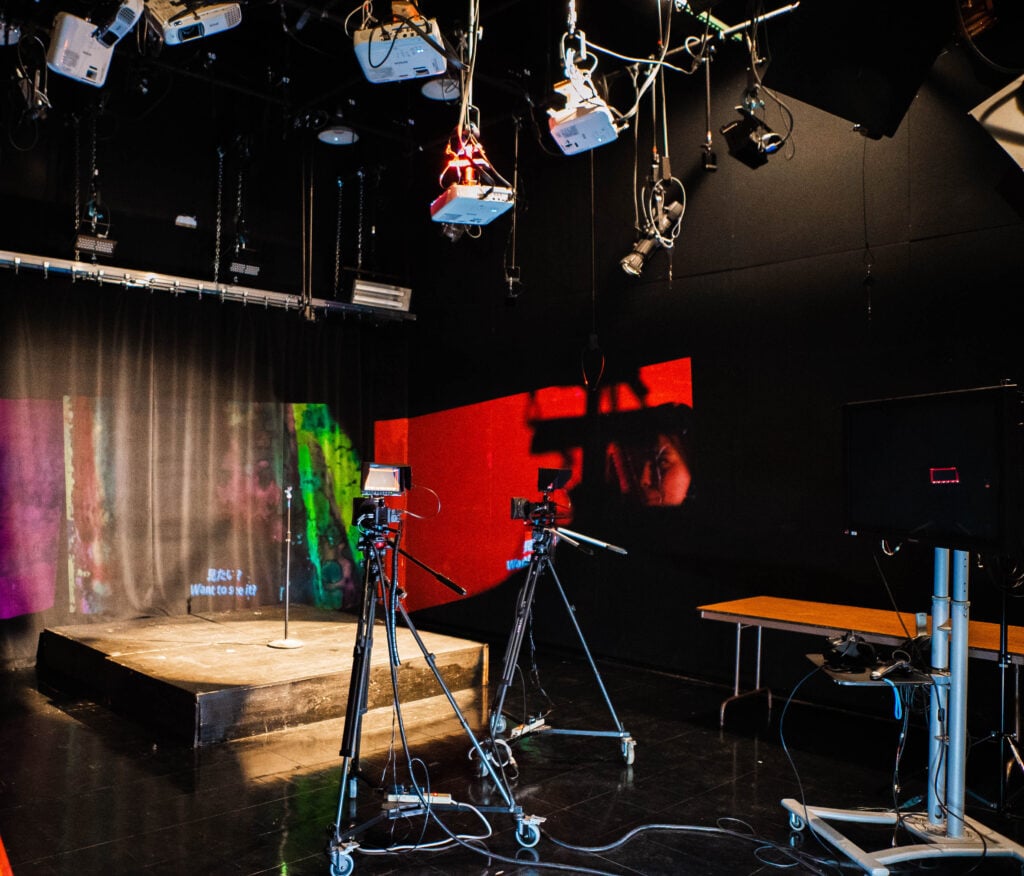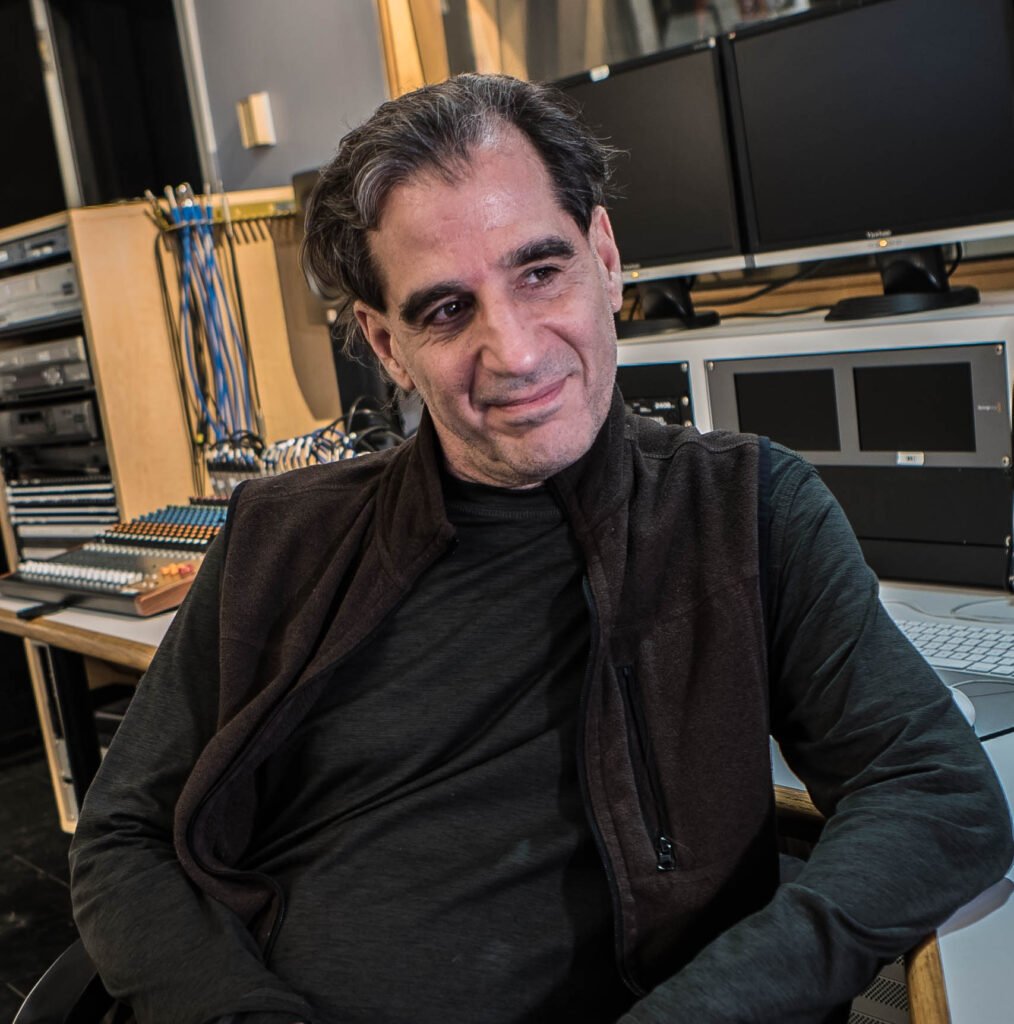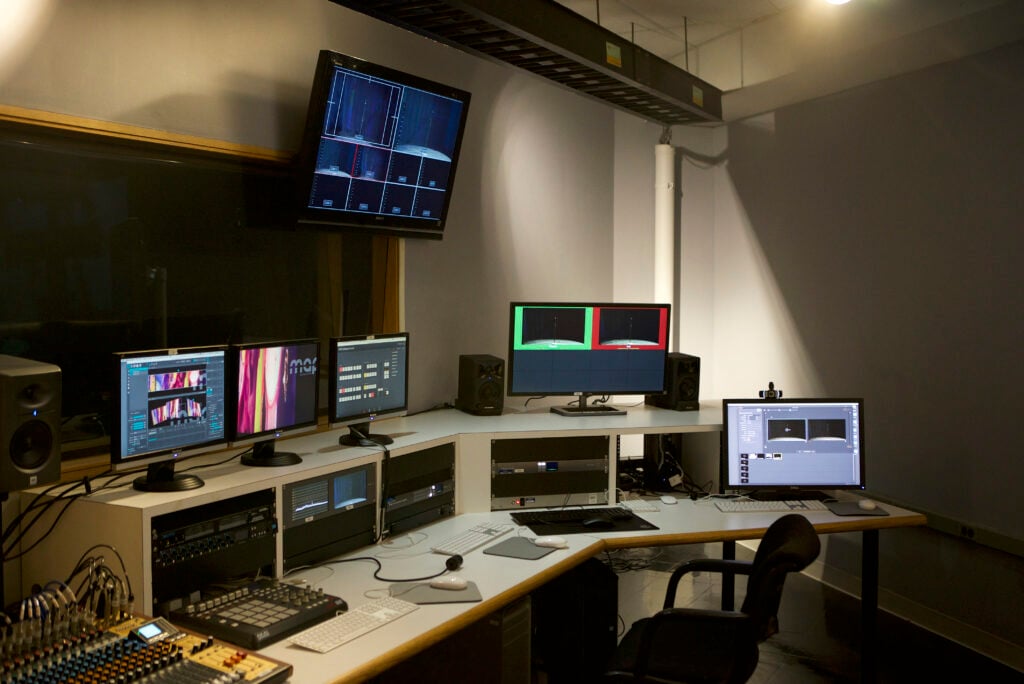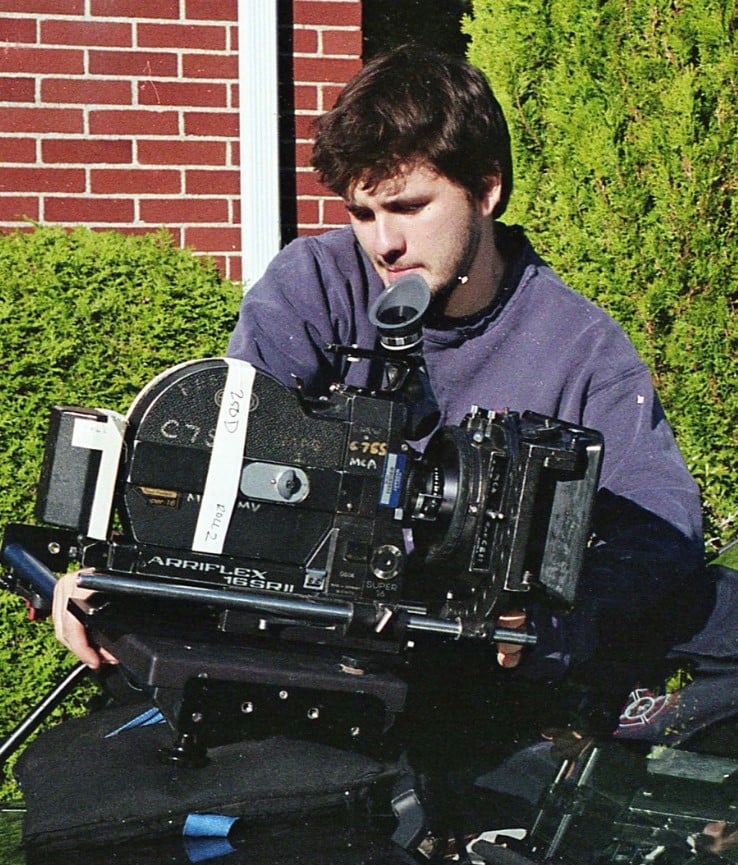
Massachusetts College of Art and Design in Boston saw shared storage and collaborative working as the future of post-production ten years ago. Today, they’re convinced that their future is in the cloud.
Massachusetts College of Art and Design – usually known simply as MassArt – is a forward-looking visual and applied arts college in Boston. Founded in 1873, it’s the nation’s oldest art school, and the only publicly funded arts college in the United States. The college first installed EditShare over ten years ago. More recently the disruption caused by COVID-19 has accelerated the school’s journey into the cloud.
MassArt combined their film and video departments in 2000 and with continued growth, the department has seventy to eighty students plus a number of graduate students in any given year.
Joe Briganti, is the Associate Director of Video in the Film/Video department at MassArt. He describes himself as an artist, video editor, and video producer: “essentially, I’m a video person”. A familiar face at the school since the early eighties, when he was a student himself, he joined the staff in 1989. Joe is tasked with developing a strategy that mimics real world production and post-production for his students. “It’s pretty intense, because we always want to be on the cutting edge.”

And, they have always been on the cutting edge. Their first digital editing system arrived in 1995 which was right at the start of the steep ascent of NLE editing.
Boston-based EditShare has a proud history of being involved in local arts and the editing community. Briganti was an advocate for shared storage and oversaw the arrival of the school’s first collaborative system in 2010, donated by EditShare. Until then, “sneaker net” was the default mode for data transfer. Students brought their own hard drives and often they didn’t work or wouldn’t mount.
The EditShare system also solved the significant problem that students often simply didn’t have enough storage. The new workflows made possible with the shared and collaborative storage confirmed Briganti’s own conclusion that storage itself is the key to post-production, and the fact that it was working so well over a network showed that this was not only a viable technology but a desirable one.
The new set-up, compared to the old way of doing things (essentially walking while holding a drive, which made it very hard for students to collaborate), was amazing.
Students were blown away when they saw you could start a project on one system and pick it up on another. It really changed the dynamics. It quickly became an essential part of our day to day operations.
Across the estate
The Film and Video faculty at MassArt is comparable to the scale of a large post-production house, with grading, editing, and audio suites all needing powerful computers. EditShare sits in the middle of these, connecting each of the systems.
Students can use Avid Media Composer, Premiere Pro, or their DAW (audio software) and fluidly share their project files. It’s an ideal set-up for teaching, with all the materials exactly where they’re needed so that staff can focus on teaching. And, students can concentrate on technique and craft, rather than resources.
For Briganti, the addition of shared storage with EditShare changed the whole dynamic.
“With EditShare you can put some material on the system and everybody can access it. Nobody has to wait for a presentation to load or have it hang. It’s just there. EditShare is an essential part of our operations. I couldn’t work without it now. It’s exciting for me because we’re a teaching school and a post-production house. It’s been very good with EditShare.”
EditShare FLOW arrives in 2020
The pandemic and the subsequent shutdown in March 2020 meant that many students continued their studies either in a hybrid or remote setting. At first the school turned to WeTransfer but Briganti said “it was an awful way to work with video – we needed to find a way for students to remotely access their video in our local EditShare drives.”
Students shooting in the college’s studios on campus are able to upload to EditShare locally. Utilizing the FLOW media management solution makes that same material available from the cloud so that when they’re at home, they can edit without returning to the college.
“Some of our students are shooting at very high resolutions like 4K and 6K. They definitely don’t have the storage at home for that size of file, so they upload it into our EditShare server here and as soon as they do that, it’s available to them from any location. FLOW and AirFLOW solves the two problems of storage and working remotely”, said Briganti. “And this way of working isn’t just for the pandemic: it’s going to be our standard way of working into the future”.

Moving to the cloud
Briganti liked EditShare’s approach to cloud migration. With a vast range of options, from EFSv, which is the whole system, virtualized in the cloud, to traditional local shared storage, he saw, as an educator, a huge opportunity. EditShare’s cloud technology could extend his courses to students – potentially anywhere in the world – who can’t make it into the classroom. “We’d love to connect to artists around the world: not everyone can afford to live in Boston!”.
The pandemic has altered the curriculum. Some students will not return to full-time in class learning they may do more of their work online. Some students find it easier to access the curriculum and the project-based work from home. More importantly, this applies whether you’re halfway around the world, or are a short distance away. “Thanks to FLOW, we now have the ability to bring a world class film and video education to everyone”.
An ideal workflow
Senior Ian Dumas working on his thesis project relied on EditShare’s hybrid workflow to achieve his vision. A big believer in community filmmaking, Ian collaborated with friends using a wide range of equipment to create the film. A hybrid between narrative and experiential, Ian’s film is a character study of a close friendship shot over several days and evenings. The narrative was shot in 6k and other visuals in 4k, resulting in 3 TB of content. Without access to EditShare, Ian would have had to significantly alter his project. “When you have technology at your disposal you should explore new ways to use it. So I wanted to shoot this film in 6k on a Blackmagic Cinema Pocket Camera I had access to. However, COVID threatened to significantly derail my project,” said Ian. “Without access to the shared storage, I couldn’t even open the files on my laptop. EditShare allowed me to approach the project exactly the way I wanted too. I was able to use AirFLOW to offload my high resolution media to the EFS storage at school and FLOW to create mp4 proxies for my laptop. This was huge as I was able to start storyboarding and editing at home with the high resolutions safe at school.”

Briganti loves this way of working, and so do the students. “Ian’s really diving into it. He’s going to see where it takes him. When he’s done with the edit, he’ll take it into a craft editor like Avid Media Composer or Premiere Pro using XML and then come into the college when it is safe to grade and conform. I think this is going to be the norm from now. It really is pretty cool!”
More Info
Looking to Modernize Your Remote Production Workflows?
Our professional services team can help you scope the optimal solution for your project.







